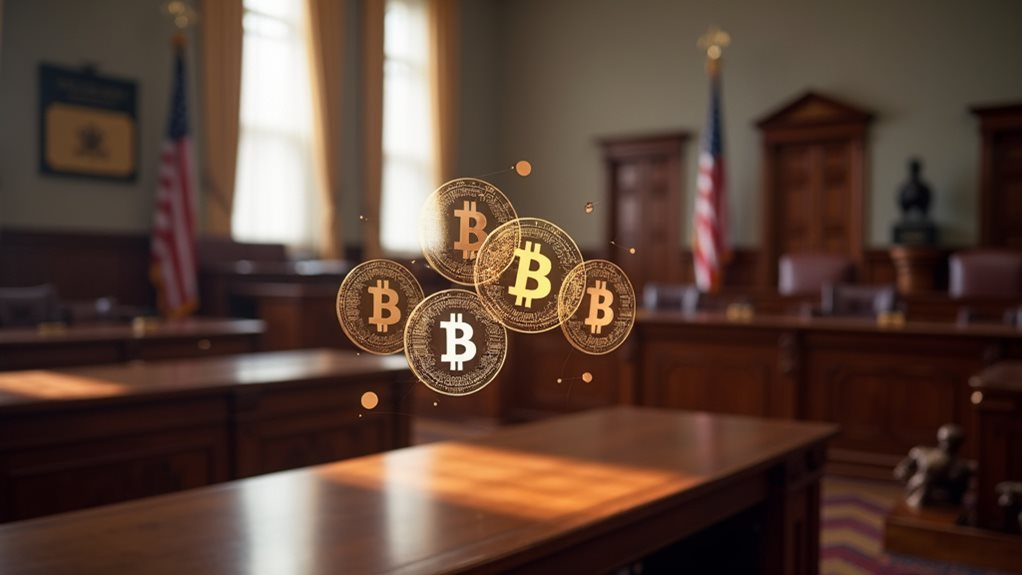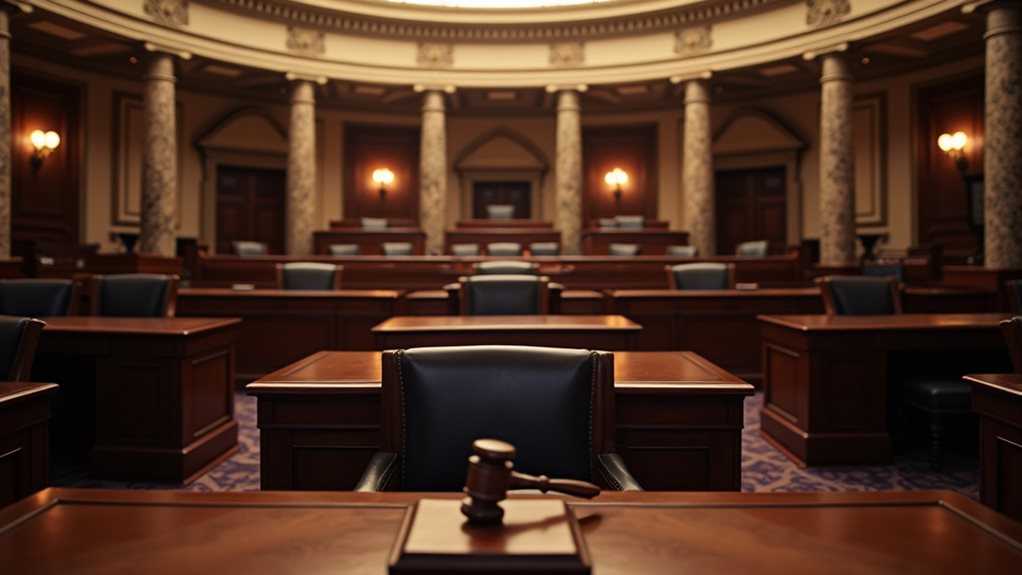The U.S. Senate just shook up the crypto world with a decisive 65-32 vote on the GENIUS Act. In a rare display of bipartisan cooperation, sixteen Democrats joined Republicans to advance thorough stablecoin regulations. The bill demands full dollar reserves, monthly disclosures, and strict oversight of the $232 billion market. No more wild west for stablecoins – they’ll need to play by grown-up rules now. The drama’s just getting started.

While lawmakers have spent years dragging their feet on crypto regulation, the U.S. Senate has finally decided to get serious about stablecoins. With a decisive 65-32 vote to advance the GENIUS Act for formal debate, Congress is showing it means business – and it’s about time.
After years of regulatory paralysis, Congress finally steps up with the GENIUS Act, signaling a new era for stablecoin oversight.
The bill isn’t messing around. It demands stablecoin issuers maintain full reserves in U.S. dollars or similar assets, basically telling them to put up or shut up. Monthly public disclosures? Required. Yield-bearing shenanigans? Restricted. And if your stablecoin hits the big leagues with a $50 billion market cap, get ready for annual audits. No exceptions.
Political drama has been thick as usual. Earlier attempts at regulation crashed and burned amid partisan squabbling. But this time feels different. The bill has managed to wrangle support from both sides of the aisle – a minor miracle in today’s political climate. With a current market cap of $232 billion, the stablecoin sector has become impossible for legislators to ignore. Sixteen Democrats joined forces with Republicans to push the legislation forward.
Maybe the realization that stablecoins have grown too massive to ignore finally knocked some sense into Congress. The Crypto Task Force is working to reduce regulatory pressure while maintaining oversight standards.
The Treasury’s getting new muscles too. Under the GENIUS Act, they’ll be coordinating with issuers on sanctions enforcement. Issuers must prove they can freeze or burn tokens when needed – a feature that’s sure to raise eyebrows in the crypto community.
Anti-money laundering provisions are baked in, making it clear that the wild west days are numbered.
Global markets are watching closely. The U.S. is among the first to roll out extensive stablecoin regulations, and other countries are taking notes. The UK’s Financial Conduct Authority is planning its own consultation, while European regulators are cooking up their own frameworks.
For the booming stablecoin market, this could be a game-changer. Cross-border payments and fintech platforms increasingly rely on these digital assets.
And while some crypto purists might grumble about increased oversight, the reality is clear: regulation might just be the price of admission for stablecoins to enter the financial mainstream. Whether anyone likes it or not.









